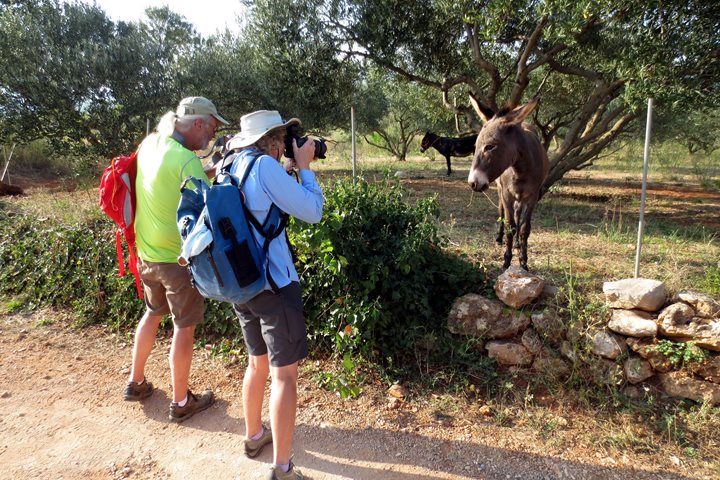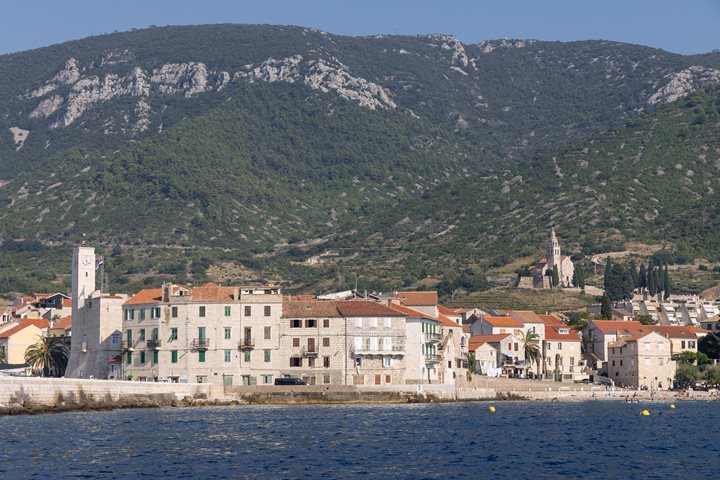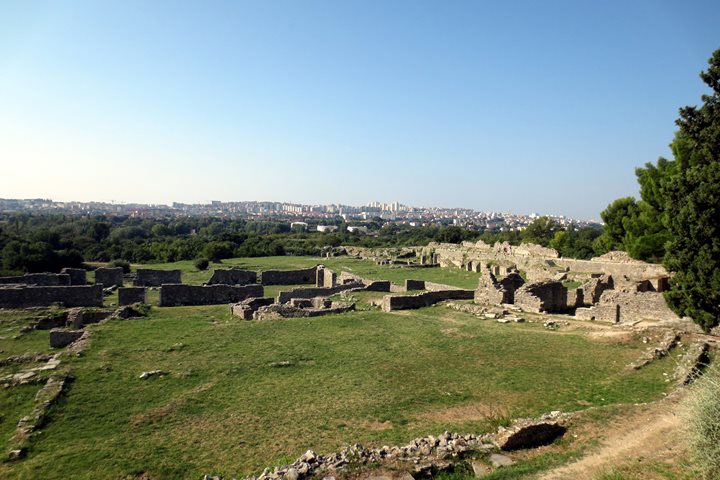With a spirit of discovery, we journeyed from the coastal beauty of Piran to the vibrant heart of Slovenia's capital, Ljubljana. The Ljubljanica River, adorned with quaint bridges and waterside cafes, narrated the story of a city that bridges the past and the present. Ljubljana Castle, perched atop its hill, watched over the city like a guardian of history.
In Ljubljana's Old Town we wandered through vibrant markets, where locals and visitors alike engaged in a chorus of laughter and conversation. The vibrancy of Ljubljana's cultural scene manifested in the artistic flourishes that adorned every corner, from graffiti-laden streets to elegant galleries.
After sampling some Slovenian gastronomy, we rode coaches to visit a landmark built into a limestone outcrop: Predjama Castle. This remarkable medieval fortress is perched dramatically at the mouth of a karst cave and is often noted as one of the most iconic and unique castles in the world. Its strategic location, architectural design, and historical legends make it a fascinating destination. One of the most striking features of Predjama Castle is its integration into the natural rock formations of the cave. Because it is literally built into the side of a vertical cliff, the castle is naturally defended against potential invaders.
Erazem Lueger, also known as Erazem of Predjama, is a central figure in the castle's history. He was a nobleman and a notorious robber baron who used the castle's strategic location to defy the Habsburg rulers. His daring exploits and legendary escape from the castle during a siege are celebrated in local folklore; he is known as the “Slovenian Robin Hood.”
The castle's cave features a network of tunnels and passages, allowing inhabitants to access provisions and escape routes. The cave is home to a natural spring, providing a consistent water supply. In this habitat we also can find an amazing creature: the olm (Proteus anguinus). This cave salamander is most notable for its adaptations to the complete darkness of its underground habitat. The olm is blind due to undeveloped eyes, while its other senses — particularly hearing and smell — are acutely developed. It lacks pigmentation in its skin, resulting in its nickname: “human fish.” In medieval times some thought olms were baby dragons; the symbol of Ljubljana is a green dragon.
With hearts full of memories and cameras filled with snapshots, we bid adieu to Piran and Ljubljana. As we returned to our ship, we kept the echoes of Slovenian wonders in our hearts. Tomorrow brings new horizons in a new country, Croatia, and I am eager to embark on our next chapter of exploration together.







